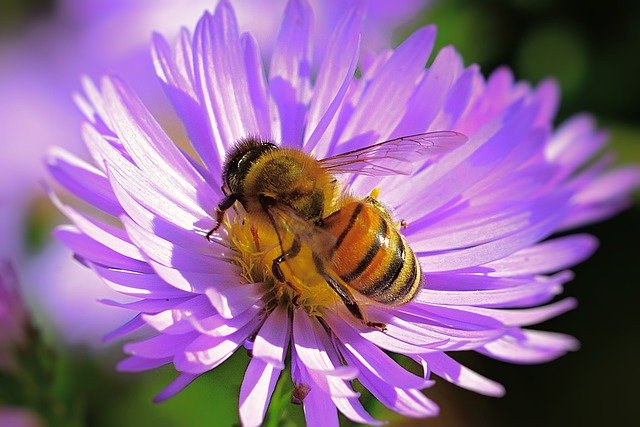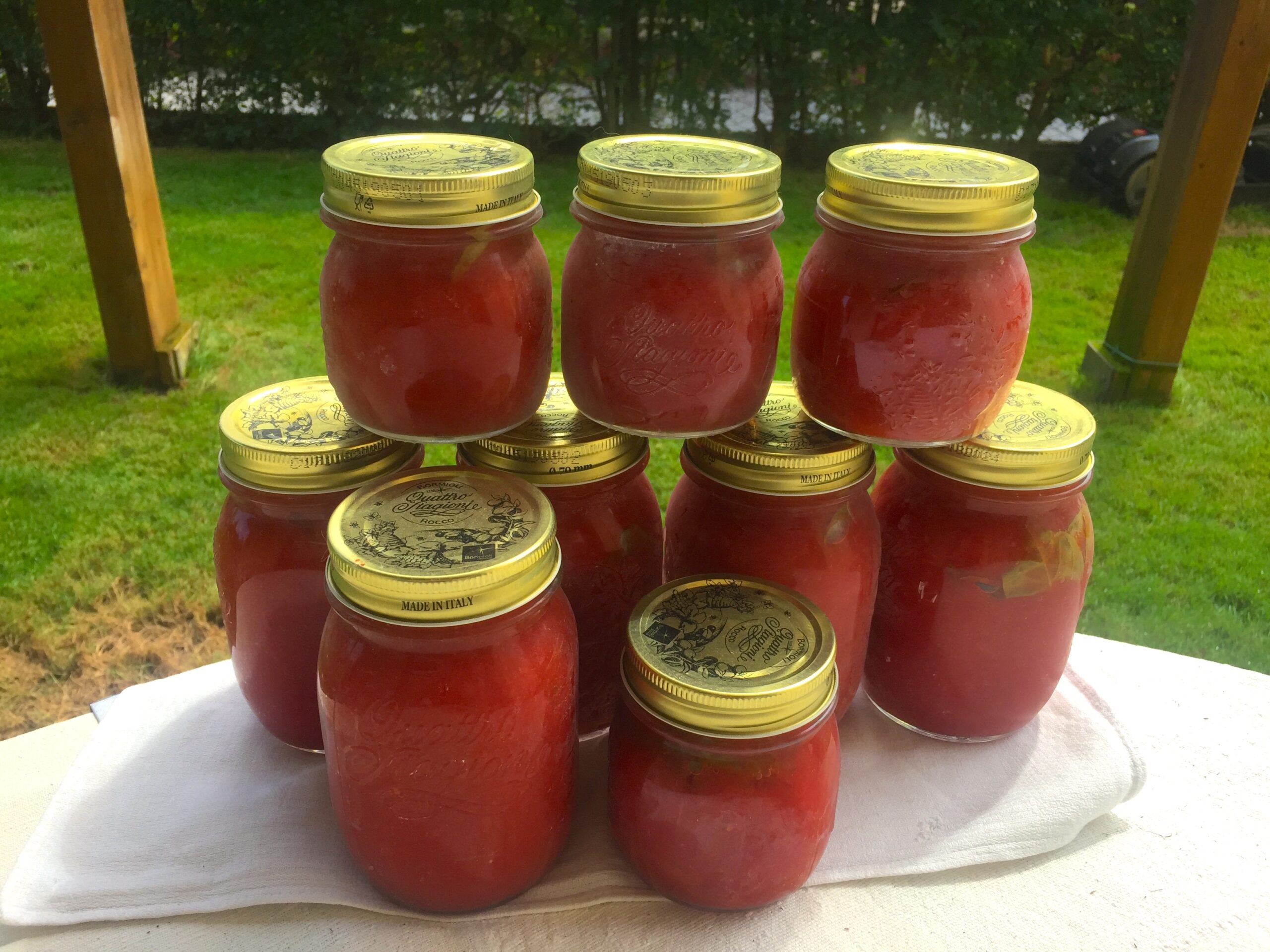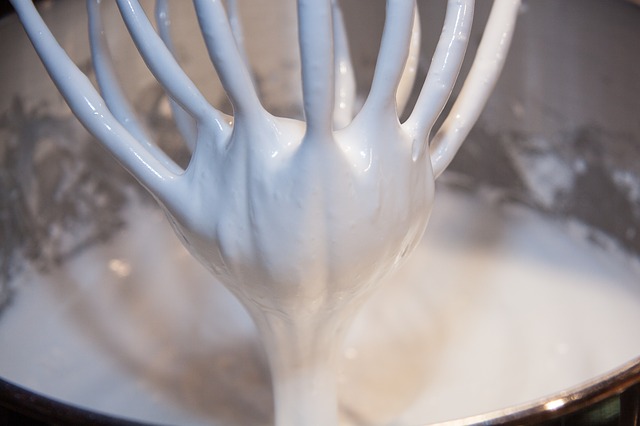The art of beekeeping is an activity that dates back to ancient times. The depictions of ancient Egypt already show the domestication of bees about 4,500 years ago risale sino all’antichità. Le raffigurazioni dell’antico Egitto mostrano già l’addomesticamento delle api circa 4.500 anni fa e le più antiche and the oldest archaeological evidence dates back to the Bronze or Iron Age in the Middle East.
It was once practiced mainly for the sweet reward of honey, but the efforts of modern beekeeping are largely directed towards the pollination of crops.
Pollination is a necessary process in the growth of many fruits and vegetables: it is estimated that the pollination of honey bees of vegetable and fruit plants provides humans with about one third of all food consumed.
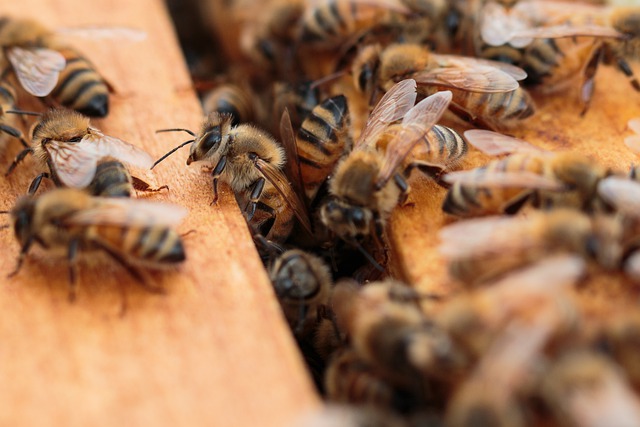
Table of Contents
Why bees are so important?
The number of bees has been steadily declining in recent decades,and much of the blame for that decline is certainly the human being. However, many people still believe that the bee situation is of no concern.
But at this point it seems necessary to clarifythe importance of bees for the ecosystem and for the maintenance of biodiversity .
Pollination
Bees are an essential part of our ecosystem and our agricultural system. One third of the food we consume every day is pollinated by animals. And although many insects, bats and birds help this process, most of that pollination is done by bees.
Pollination is critical to the growth and production of many foods we eat every day, and it's not just our nutrition that would be negatively affected by the extinction of bees:many of the crops we use to feed our livestock, namely clover, alfalfa and soybeans are pollinated by bees.
Fruits such as apricots, avocados, apples, tomatoes, melons, cherries, peaches, citrus fruits, and blueberries are all pollinated by bees, as are vegetables including cucumbers, broccoli, asparagus, celery, and squash, così come le verdure tra cui cetrioli, broccoli, asparagi, sedano e zucca.
Almonds for our almond milk and sunflowers for our seeds and oils also require the assistance of bees. The pollination of bees guarantees 35% of global food production.
The extinction of bees would not only have an impact on agriculture: the consequences of this loss of industry would also paralyze the economy system.
The CCD
Bees are dying at unprecedented rates due to an emerging threat called Colony Collapse Disorder, or CCD.
The first official CCD report was reported in 2006, when beekeepers began to notice a drastic increase in the disappearance of honey bee colonies in North America (with about 25-30% of colonies dying each year).
There is no single cause for CCD, but research points to the use of neonicotinoid pesticides (commonly used on GM crops) as the main culprit.Other factors include the invasion of mites and the impact of climate change.
But what are neonicotinoid pesticides and why are they harmful to bees?
Neonicotinoid pesticides have a chemical structure similar to nicotine. Plants absorb the pesticide, which is toxic to bees but has low toxicity to humans and other mammals, and transfer it to insects through pollen and nectar., e lo trasferiscono agli insetti attraverso il polline e il nettare.
Neonicotinoid pesticides act on the central nervous system of insects, interfering with honey production, their ability to navigate and fly, and their reproductive abilities, resulting in paralysis and eventually death..
Bees also play a vital role in our global ecosystem: plants depend on bees to reproduce, insects depend on plants for food and shelter, small animals depend on insects for food, larger animals depend on small animals and on plants for food, shelter and medicine - and so on along the food chain. A world without bees will affect every aspect of our way of life..
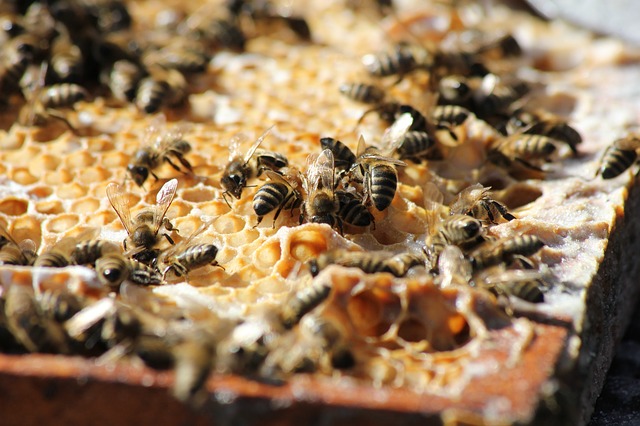
how to help bees
Fortunately, it's not too late to help save bees from extinction. There are many things you can do to help protect these important creatures, Here are some things that can be done to help bees and the many benefits that beekeeping can bring to their lives. most of which can be done from the comfort of your own backyard..
Here are some things that can be done to help bees and the many benefits that beekeeping can bring to their lives.
natural beekeeping
Beekeeping in your own garden is for everyone, young and old.
So, if you are retired and you like the idea of having your bees to enter since your schedule is a bit freer, guess what? You can!
And if you have a child who is interested in beekeeping, you can certainly accompany him in this new experience. (With adult supervision, of course). Even if you are a still working full time outside the home, this hobby is for you too!
Beekeeping is different in this perspective, as it is really something that the whole family can do together.
In addition, it is very important that you undertake to make beekeeping completely natural without the use of pesticides in your garden and without giving treatments to your bees that can make them more fragile and less resistant from generation to generation.
"Natural beekeeping is an approach to beekeeping that encourages minimal manipulation and an approach that is as practical as possible" -AANI, Associazione Apistica Naturale Italiana
plant flowers suitable for bees
Riempi il tuo giardino di fiori adatti alle api, che possano accoglierle ed essere da loro impollinati.
One of the easiest ways to help bees is to plant lots of bee-friendly flowers in your garden. Bees like a wide variety of flowering plants, including foxglove, clover and red clover,which you can easily grow in your garden.
In winter? To help the bees in the autumn and winter season, winter flowers can be grown so that bees can flutter over them. One of them is the Cephalaria transsylvanica.A small drinking trough is also useful in winter. A small bowl of water and sugar will help the freezing wandering insects get back on their feet.
Basta piantarli, farli crescere e aspettare che le api facciano il proprio lavoro.
provide shelter to bees
Like most invertebrates, bees need shelter to nest and hibernate.
You can create their own shelter or purchase a ready-made one for bees: just hang it in a sunny and sheltered spot in your garden and watch the bees fill the pipes during the spring and summer months.
It will not be too difficult to create a shelter for bees: just take a wooden frame and insert a brick with holes inside it, or small wooden logs also with holes, so that the bees can take refuge inside them.
A last alternative can be small bamboo canes.
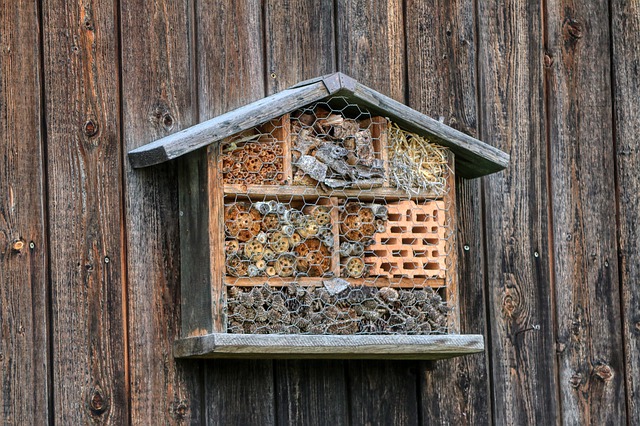
help a needy bee
Often during the summer months you may spot a solitary bee sitting motionless on the ground. While it's easy to assume she may be dead or dying, it's likely that she is actually exhausted and in need of a quick recovery
You can help a tired bee by mixing granulated sugar with a spoonful of water, placing it next to the bee so that it can help regain energy with this energy drink tailored for her.

